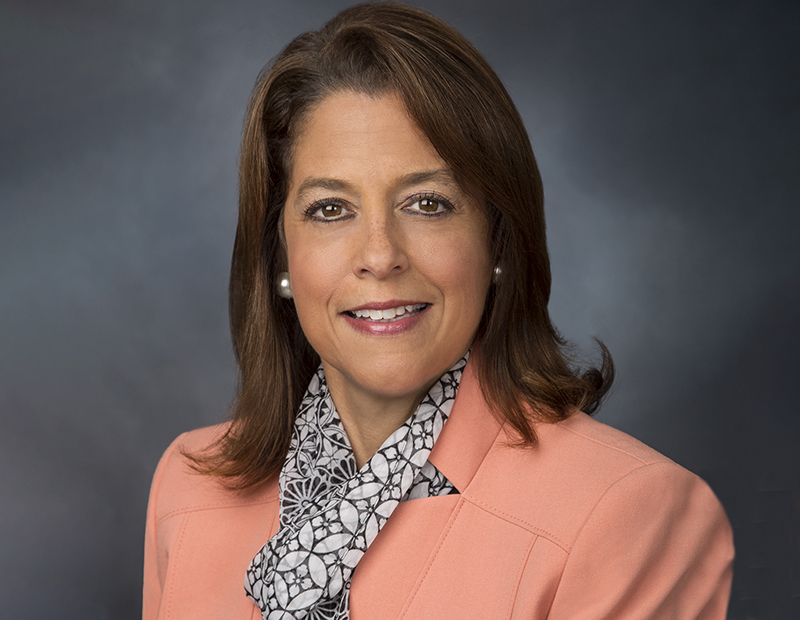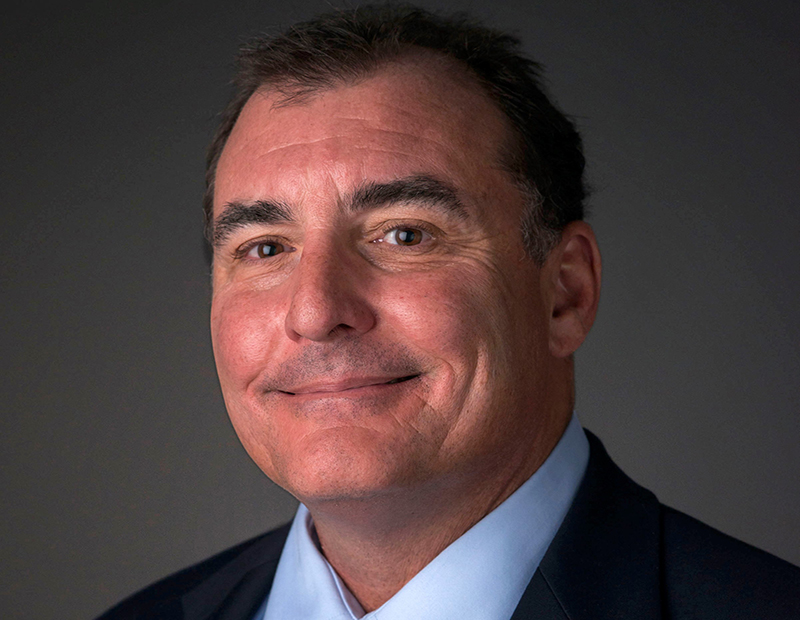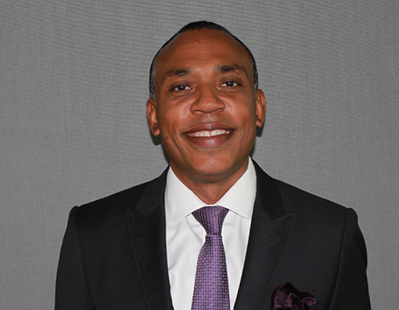CREFC’s Lisa Pendergast on Rate Relief
The organization's executive director welcomed the Fed's 50-basis-point cut, but said it could send a mixed message.
The CRE Finance Council held its Capital Markets Conference in downtown Manhattan on “Fed Day.” At 2:00 p.m., the relatively optimistic mood among attendees from the lending, servicing and investment sectors was lifted even further by the somewhat surprising announcement that the Federal Reserve would cut its benchmark rate by 50 basis points. At the conclusion of the program, I met with Lisa Pendergast, CREFCs executive director, to get her take on the news and what’s behind the improving sentiment. Here’s our conversation.
What’s your reaction to the Fed lowering the Fed Funds rate for the first time in four years? Were you surprised it was 50 basis points rather than 25?
Pendergast: I mentioned in my remarks this morning that the conventional wisdom was that Fed Chair Powell was inclined to do 50. I didn’t look at the data to see what the other members of the Federal Open Market Committee felt. Evidently, they didn’t disagree since we are at 50. But that’s a double-edged sword in some ways.
It’s great that they moved 50. It’s going to help as we move forward in trying to refinance commercial real estate loans. There’s a considerable number of maturities. In 2024 alone, and some of these may have been addressed already, it was a total of $930 billion CRE loans that are going to mature, and that’s across all lender types: banks, CMBS, REITs, debt funds, life insurance companies, and Fannie, Freddie, FHA and Ginnie Mae. That’s a lot. It does start to decline next year. In 2025, it falls from $930 billion to $574 billion and, in 2026, to $458 billion.
READ ALSO: Moving Forward—Finally!
You mentioned a double-edged sword. What does 50 basis points say about the economy?
Pendergast: It suggests that the Fed is very focused on bringing down interest rates. If they felt that it was a little less urgent, then they would have done 25. Economic activity has continued to expand, but job gains have slowed. While the inflation data isn’t exactly where you would want it to be, we’ve made good progress. However, the fact that spooked (the Fed) is the jobs numbers started to really fall. And I think their view is they might as well go ahead and make a statement that they mean business.
Not too long ago, CRE was thought to have liquidity issues as banks stepped back. But what I heard at the conference today is that CRE is very liquid, and it’s highly competitive among funding sources.
Pendergast: There is capital out there—there always has been. The question is does the capital, at the rate it’s being offered, make sense to you as a borrower? As we continue to see rate hikes, that liquidity will still be there. And yet you’ll have more institutions, companies, lenders and borrowers start to utilize these lower rates to start refinancing their loans.
If you had a continued elevated rate environment, and you have a $600 million loan, you’re going to do what you need to do to not be refinancing where the coupon is today. So, this is a great step in the right direction, and I really applaud the Fed for doing 50 and highlighting to folks that we’re on our way—just as the ECB (European Central Bank) did this week.
Now that rates are lower, there will be more acquisition financing as well, correct?
Pendergast: Yes, exactly. I’m not sure how instantaneous it will be. You don’t want to move too quickly. You waited this long. You might as well try to get the rate that works best for you. Some folks may say “I don’t care—50 basis point is sufficient. I’m moving.” Others will say that this is not a one and done—it’s usually not the Fed style—unless some new data comes in and all of a sudden it changes the picture. But we don’t anticipate that.
CMBS issuance is up considerably from this time last year. What’s driving that?
Pendergast: We’re getting into a reasonable stride. Issuance was $69 billion through August, and that is broken down to: $20 billion in conduits, $44 billion single-asset/single-borrower and around $5.8 billion in CRE CLOs. It’s driven by a bunch of things, and some of it is old school. It’s that we can, with the SASB deal, do very large transactions that, if you were going to do them on balance sheet, would be multi-handed deals. They’re not easy. So, we’ll see growth in SASB.
I think that you’ll see the conduit size grow, which has lagged historically. In Fiscal year 2023, conduits hit $6.7 billion—the year prior it was $4.2 billion—and that was a whole year. We’re at $5.8 billion right now, and it’s early September. We’re on track to do very well.
And I do think that the CRE CLO Market has a real opportunity to grow. CREFC is very focused on CLOs in terms of creating the same level of transparency that we have in the CMBS market. We will have a CMBS CLO ongoing report, which will very clearly enunciate: what’s been added to the pool, what comes out of the pool, what the current state of that pool is and occupancies. So, all the metrics that you want to see.
How about the performance of existing CMBS?
Pendergast: The delinquency numbers are pretty good. The overall delinquency rate for CMBS—both conduit and SASB—for August, which is reported in September, was 5.44 percent (5.88 percent for conduits and 4.84 for SASB). Frankly, this summer, it’s been fairly steady. In June, it was 5.35 percent and in July 5.43 percent, so it’s increased slightly.
The drivers of that increase in delinquencies are multifamily (up 37 basis points) to some extent and retail (up 7 basis points). The classes that are somewhat better are hotel (down 26 basis points), industrial (down 12 basis points) and office (down 12 basis points). It’s my sense that office is just starting to stabilize, and certain assets will have to go away, and others will persevere for sure—and probably more than we think.
What impact will the Fed’s move have on CRE sentiment? And do you think we are on a path toward significantly lower rates?
Pendergast: Leading up to today, there was a sense of making it through, and I think that was buoyed a bit by the fact that there were anticipated rate cuts. Nobody knew if it was going to be 50 basis points or 25 basis points. But it’s always psychological. So, if the Fed meets for the next FOMC meeting, and they move 25 basis points, I think people would be pretty sanguine about that. If they move another 50, I think there’ll be some sense of “What’s going on that we’re unaware of? Is it worse than we think from a U.S. economic perspective?”
But there are all sorts of tea leaves, and, honestly, there are days where you say to yourself: “I’m looking at three different tea leaves, and they’re all saying different things.” So, there’s no sure thing that any of this will lead to exactly one outcome. I’ve learned, as a research analyst, not to go there.








You must be logged in to post a comment.